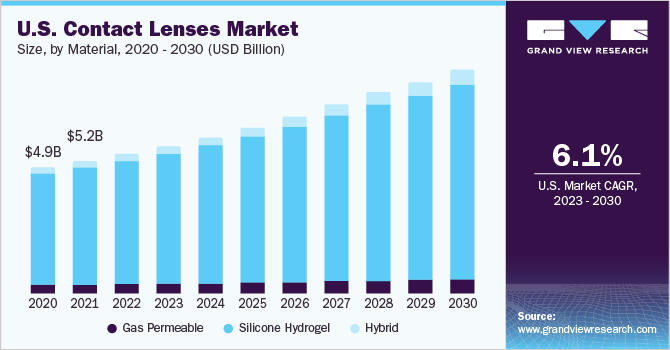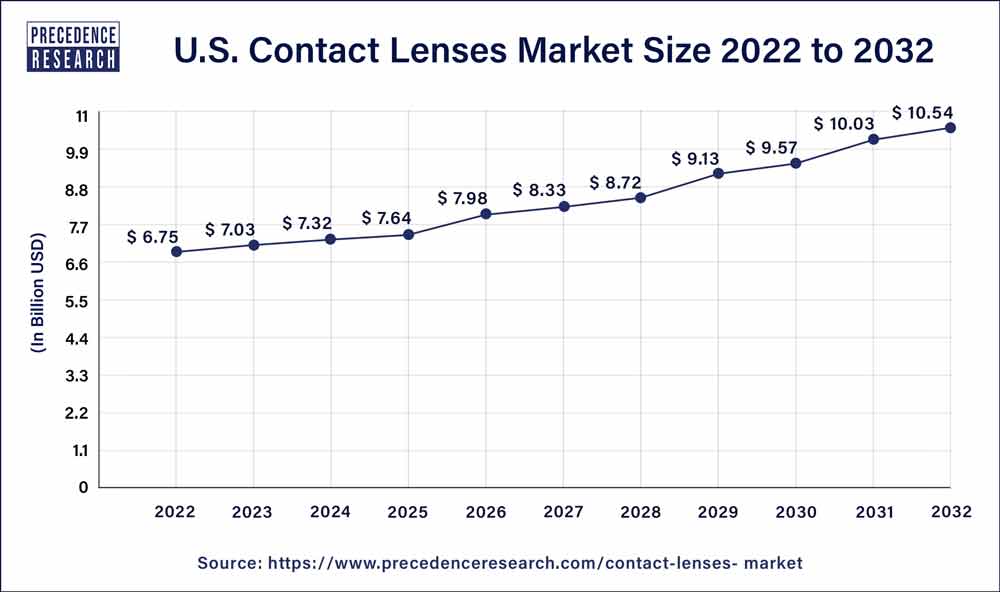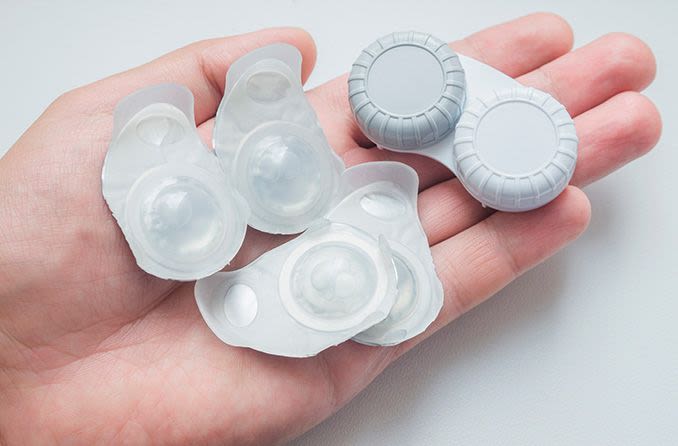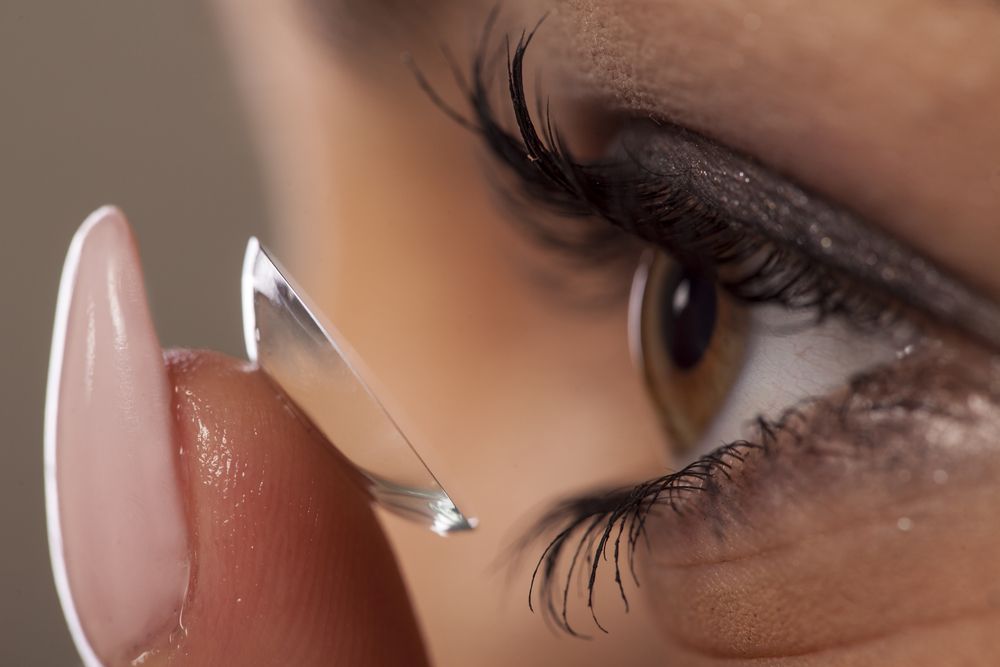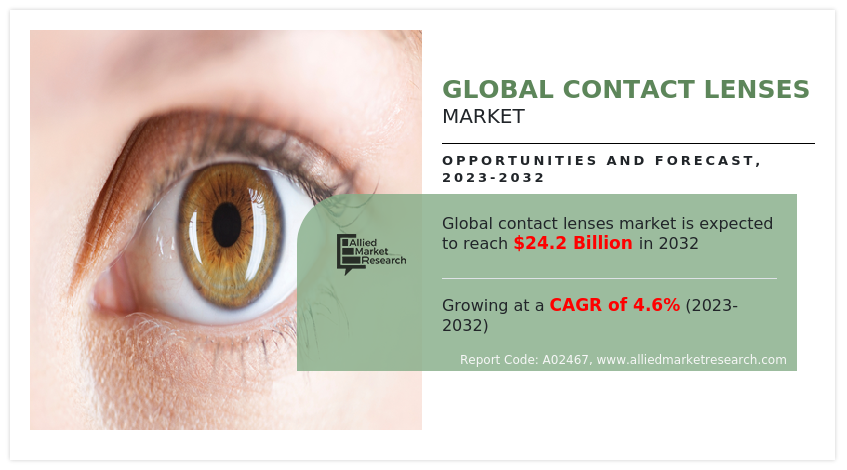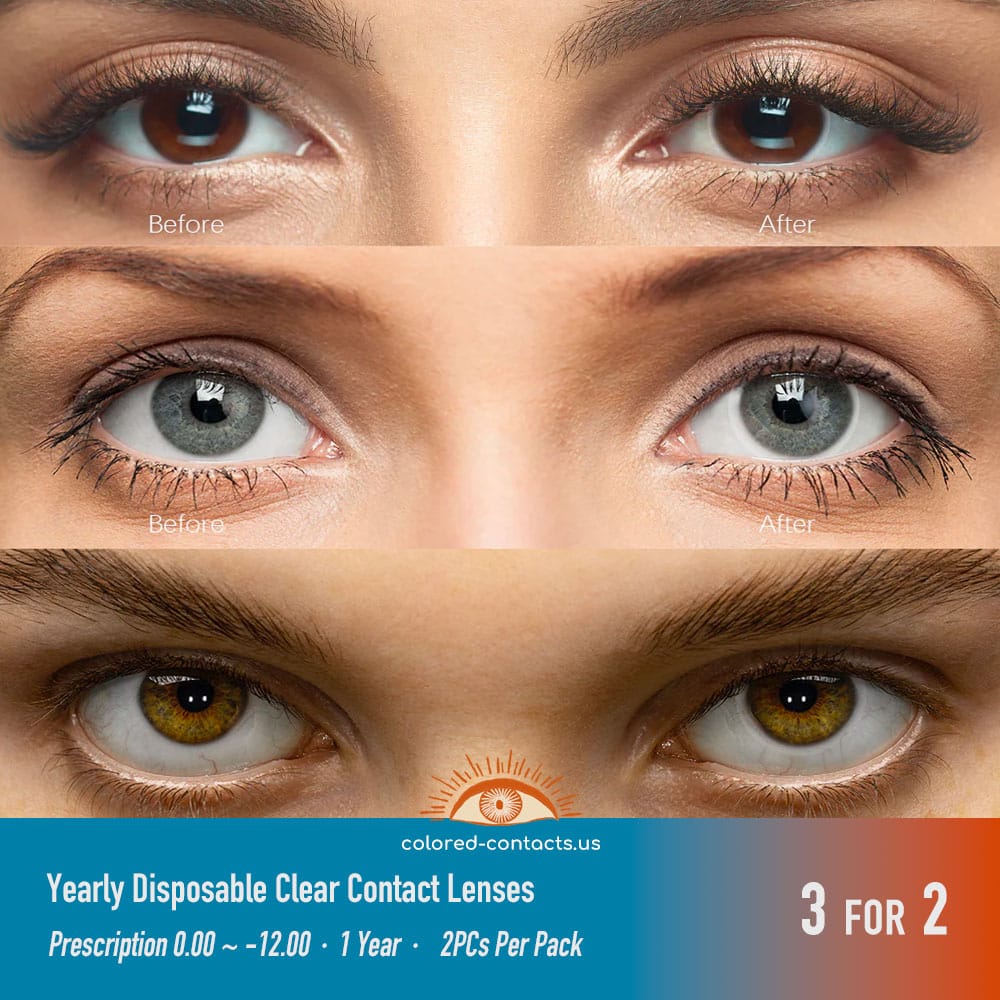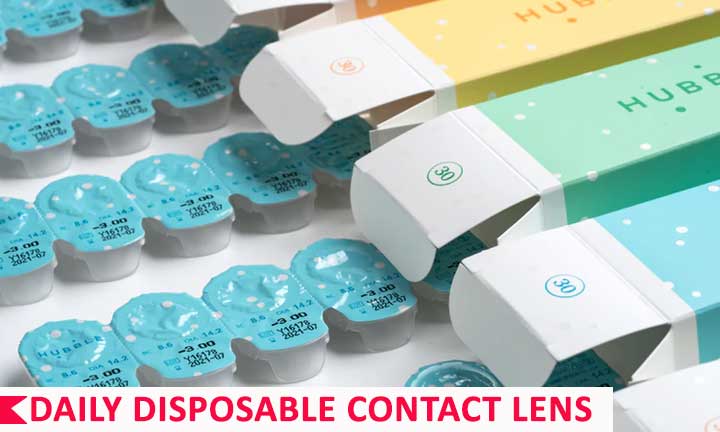Us Contact Lens Market 2023 Disposable Vs Non

The United States contact lens market is undergoing a significant shift as consumers weigh the convenience of disposable lenses against the cost-effectiveness and environmental considerations of non-disposable options. The debate between daily disposables, monthly replacements, and traditional lenses continues to shape purchasing decisions and influence the strategies of major contact lens manufacturers.
This article delves into the current state of the U.S. contact lens market in 2023, examining the trends in disposable versus non-disposable lens usage, the factors driving these trends, and the potential implications for consumers, eye care professionals, and the environment.
Disposable Lenses: Convenience and Hygiene Drive Growth
Disposable contact lenses, particularly daily disposables, have experienced substantial growth in recent years. The appeal lies in their convenience and perceived hygiene benefits, eliminating the need for cleaning solutions and lens cases. This makes them an attractive option for busy individuals and those prone to allergies or infections.
Market research indicates that the daily disposable segment is the fastest-growing within the contact lens industry. This growth is fueled by increased awareness of the potential risks associated with improper lens care, as well as aggressive marketing campaigns by leading manufacturers.
However, the higher cost of daily disposables compared to non-disposable lenses remains a barrier for some consumers. While the convenience factor is undeniable, the cumulative expense can be a significant consideration for long-term contact lens wearers.
Non-Disposable Lenses: Cost-Effectiveness and Environmental Concerns
Non-disposable lenses, including monthly and traditional replacement options, continue to hold a significant share of the market. Their primary advantage is cost-effectiveness, as they require fewer lens replacements over time. This can result in substantial savings for consumers who diligently follow proper cleaning and storage protocols.
Furthermore, there's growing awareness of the environmental impact of disposable lenses. The sheer volume of plastic waste generated by daily disposables has raised concerns about sustainability. Some consumers are actively seeking non-disposable options to reduce their environmental footprint.
Eye care professionals often emphasize the importance of proper lens care for non-disposable lenses to minimize the risk of complications. Regular cleaning, disinfection, and proper storage are crucial to maintaining eye health and preventing infections.
Factors Influencing Consumer Choice
Several factors influence a consumer's choice between disposable and non-disposable lenses. These include lifestyle, budget, visual correction needs, and individual eye health considerations. An active lifestyle might favor the convenience of daily disposables, while budget constraints may lead to opting for monthly replacements.
The availability of rebates and discounts from manufacturers can also sway purchasing decisions. Many companies offer incentives to encourage trial and adoption of their products, which can impact market share.
Moreover, the recommendation of an eye care professional plays a vital role. A thorough eye examination and consultation can help determine the most suitable lens type based on individual needs and preferences. The professional can asses parameters such as the health of your eye, your lifestyle and work with you to come up with the right product for you.
Impact on the Contact Lens Industry
The shift in consumer preferences towards disposable lenses has spurred innovation and competition within the contact lens industry. Manufacturers are investing in research and development to create more comfortable, breathable, and affordable disposable options.
They are also exploring sustainable manufacturing practices and packaging to address environmental concerns. This includes developing biodegradable or recyclable lens materials and reducing packaging waste.
Retailers and eye care practices are adapting to the changing market by offering a wider range of lens options and educating consumers about the pros and cons of each type. They are also implementing strategies to manage the disposal of used contact lenses in an environmentally responsible manner.
Looking Ahead
The U.S. contact lens market is expected to continue evolving as technology advances and consumer preferences shift. The demand for both disposable and non-disposable lenses is likely to persist, with each segment catering to specific needs and lifestyles.
Manufacturers will likely focus on further improving the comfort and performance of contact lenses, while also addressing environmental concerns. This could involve developing new lens materials, optimizing lens designs, and implementing more sustainable manufacturing practices.
Ultimately, the best choice of contact lens depends on individual needs and priorities. Consumers should consult with an eye care professional to determine the most suitable option for their specific circumstances, taking into account factors such as cost, convenience, environmental impact, and eye health.
